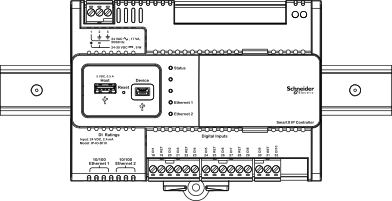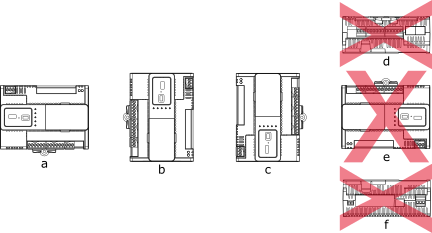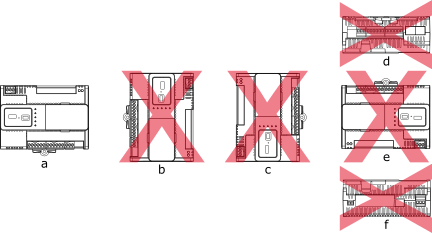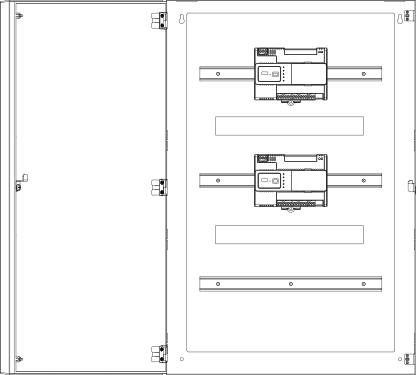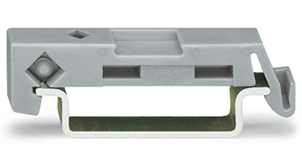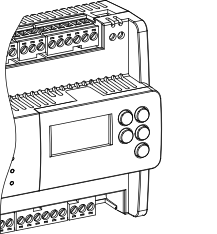Log on to rate and give feedback
1
2
3
4
5
Log on to rate
0

How to
Products:
IP-IO
Functionalities:
Hardware
Product version:
3.3, 2022
7/23/2021
Powering Up an IP-IO Module
You perform the following steps to power up an IP-IO module.
To power up an IP-IO module
Check that all wiring is correct.
Ensure that the 24 VAC at 50/60 Hz or 24-30 VDC power is supplied to terminals 1 and 2.
action_zoom_plus_stroke 
Ensure that the ground cable is connected to terminal number 3.
After powering up, check that the Status LED changes to a constant green light after about a minute.
 IP-IO Module Device Installation
IP-IO Module Device Installation
 IP-IO Module Built-in Power Supply
IP-IO Module Built-in Power Supply
 Grounding and Power for Systems with IP-IO Modules
Grounding and Power for Systems with IP-IO Modules
 IP-IO Module Screw Terminals
IP-IO Module Screw Terminals
 IP-IO-DI10 Screw Terminals
IP-IO-DI10 Screw Terminals
 IP-IO-UIO10 Screw Terminals
IP-IO-UIO10 Screw Terminals
 IP-IO-UIO5DOFA4 Screw Terminals
IP-IO-UIO5DOFA4 Screw Terminals
 IP-IO Module LEDs
IP-IO Module LEDs
 Status LEDs
Status LEDs
